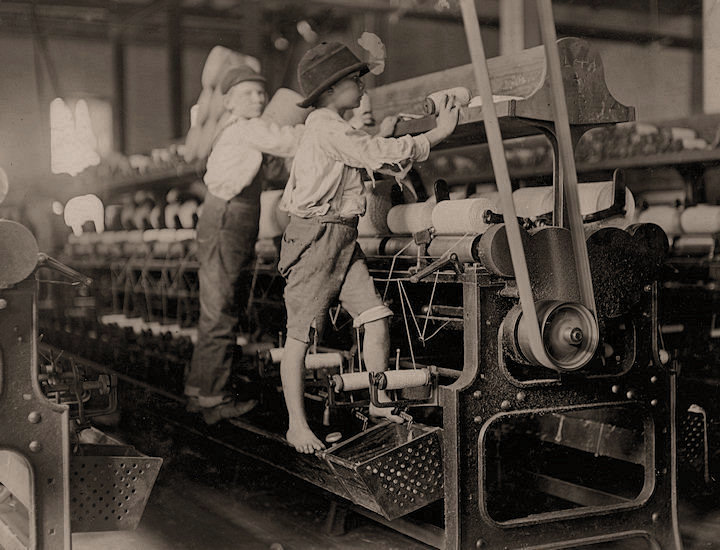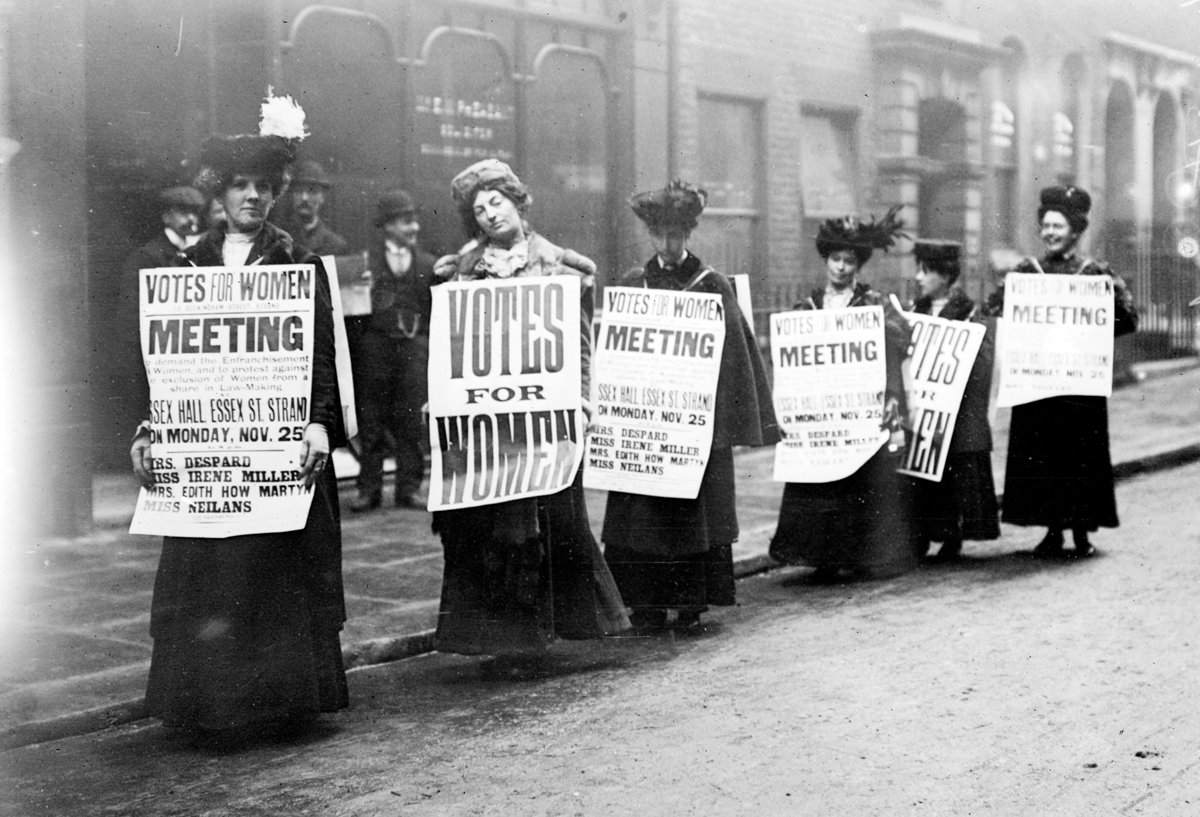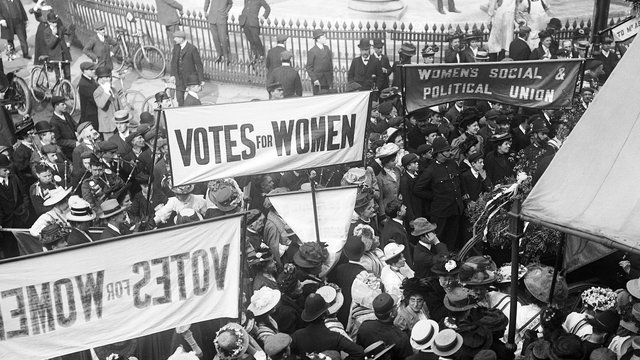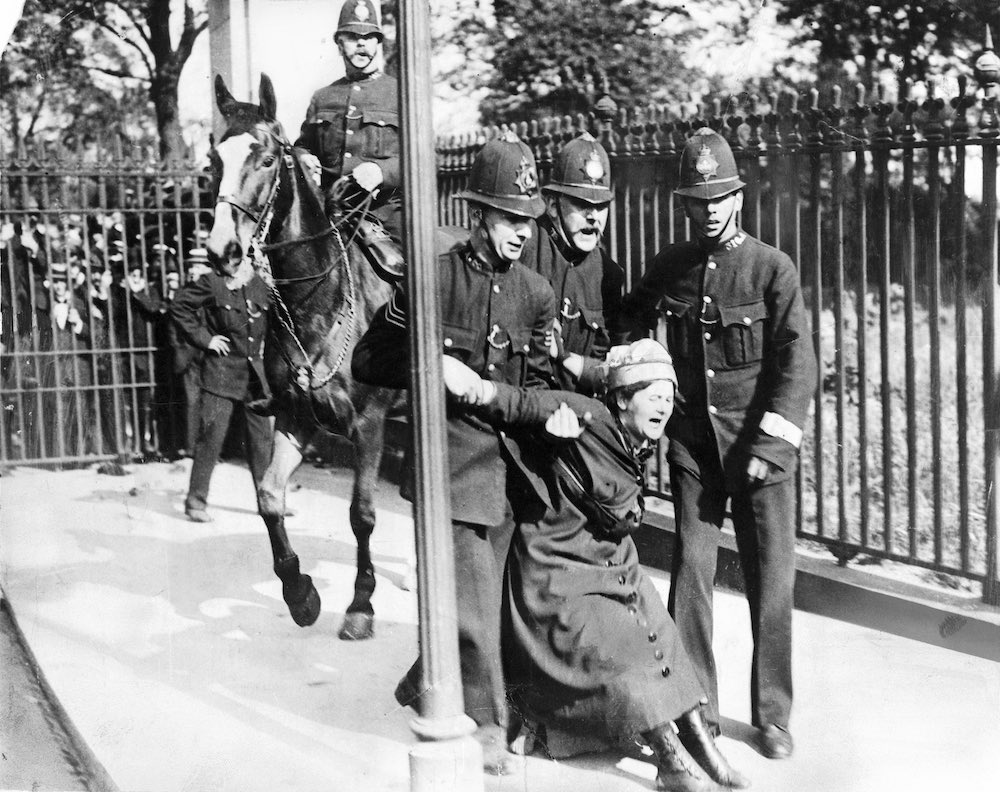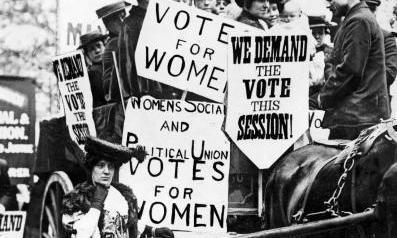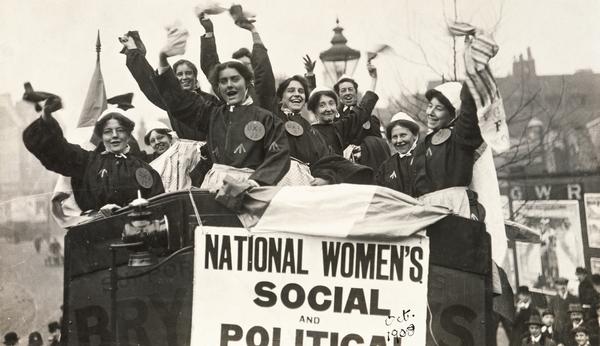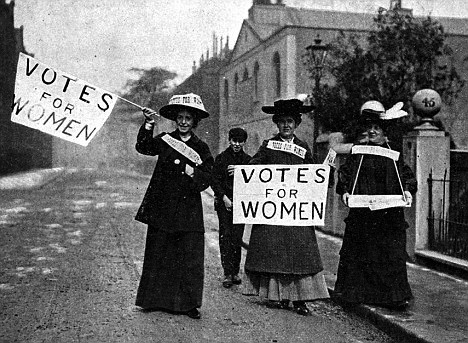Larry Sultan grew up in California’s San Fernando Valley, which became a source of inspiration for a number of his projects. His work blends documentary and staged photography to create images of the psychological as well as physical landscape of suburban family life. Whilst looking through Sultans website I noticed that he wrote a couple of paragraphs about each of his exhibitions. I really like his style of writing because I think it is very poetic and creative. Below I have included some of my favorite quotes of his and my favorite photos from of each of his shoots. Some of Sultan’s exhibitions consist of;
- Pictures From Home (1992)This project was ongoing for over a decade. Sultan photographed his own parents in their hometown, California and them in their day to day lives.
“The house is quiet. They have gone to bed, leaving me alone, and the electric timer has just switched off the living-room lights. It feels like the house has finally turned on its side to fall asleep. Years ago I would have gone through my mother’s purse for one of her cigarettes and smoked in the dark. It was a magical time that the house was mine.”
- The Valley (2004) examined the adult film industry and the area’s middle-class tract homes that serve as pornographic film sets.
“While the film crew and talent are hard at work in the living room, I wander through the house peering into the lives of the people who live there. I feel like a forensic photographer searching out evidence.”
- Hometown (2009) In this project Sultan is photographing men who work in labour, and is photographing them in some of the suburban landscapes.
“I’m not sure if there is a specific term for these places. They are deeply reminiscent of the terrain I sought out as a child: the empty fields behind malls and scruffy borderlands of the LA river that ran behind my house in the San Fernando Valley. These places represented a small and vanishing patch of paradise that existed just outside of the boundaries of property and ownership; a free zone that eased my (adolescent) uncertainty and provided a safe place away from the judgments of others.”
- Katherine Avenue, (2010) the exhibition and book, explored Sultan’s three main series, Pictures From Home, The Valley, and Homeland along side each other to further examine how Sultan’s images negotiate between reality and fantasy, domesticity and desire, as the mundane qualities of the domestic surroundings become loaded cultural symbols.
I really like Sultan’s work. I like way he captures his images in a more abstract way. Researching his work has given me an inspiration with my own work, and I think I will include Larry Sultan as a piece of research in my essay.















